

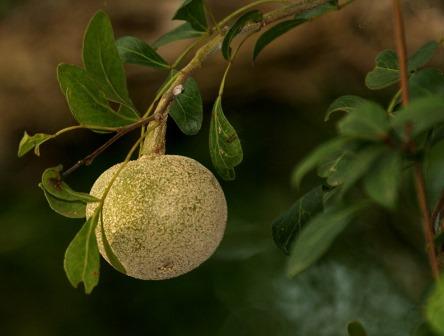
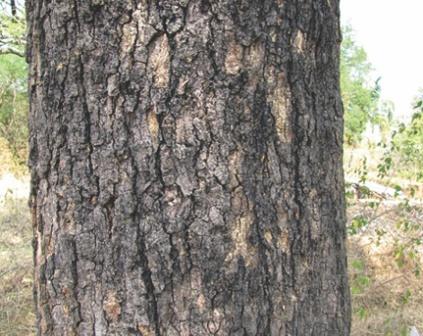
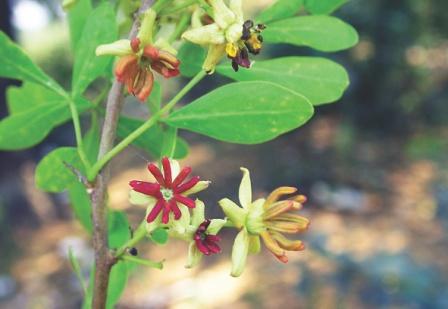
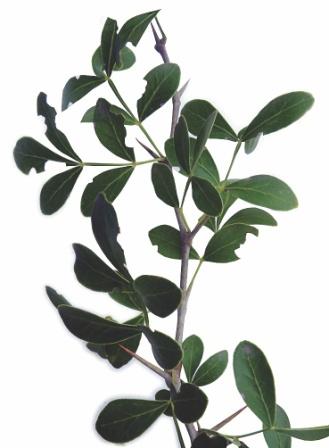
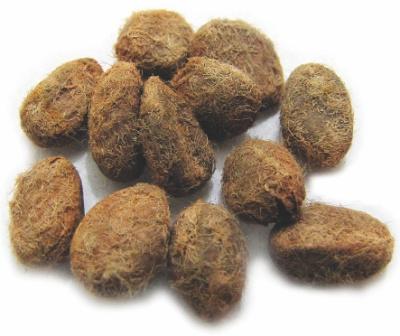
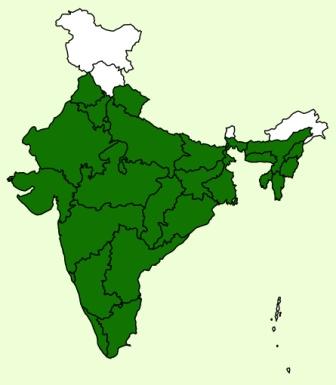
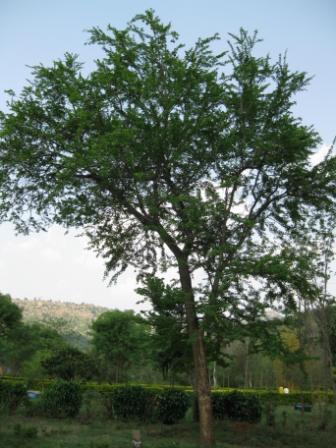
Irrigation Responds well to irrigation however essential only during the first one or two years so as to ensure better establishment and quicker culm production. Moisture retention through trenches to be practiced. Thinning/Pruning In early stages wood apple plants should be trained to build solid framework/structure with the help of stakes. As part of training, remove the tip of main stem when the tree is about 1 meter height. It is good practice of training to select only 5 to 6 well-spaced branches of wood apple tree. Normally, there is no need of pruning to be carried out. However, any diseased, dead or sick branches should be pruned off. Pest and Diseases Wood apple being a hardy crop, there is no serious insect pest and diseases as of now. But sooty mould has been noticed in commercial wood apple orchards which can be managed by spraying wettable sulphur + chlorpyriphos / methyl parathion+ gum acacia (0.2+0.1+0.3%).
For proper growth and survival it is necessary to give one or two waterings after planting. This is specifically required in arid regions. Irrigation after planting is not a prerequisite in areas having sufficient soil moisture and precipitation. Higher survival rate and better rate of growth is reported when soil and water conservation measures are also adopted.
The seeds contain a bland, non-bitter oil that is high in unsaturated fatty acids.The plant has been used as a rootstock for Citrus species because of its water tolerance. The trunk and branches exude a white, transparent gum, especially following the rainy season. It is utilized as a substitute for, or adulterant of gum arabic, and also in making artists' watercolours, ink, dyes and varnish. It consists of 35.5% arabinose and xylose, 42.7% d-galactose, and traces of rhamnose and glucuronic acid. The wood is yellow-grey or whitish, hard, heavy, durable. It is valued for construction, pattern-making, agricultural implements, rollers for mills, carving, rulers, and other products.